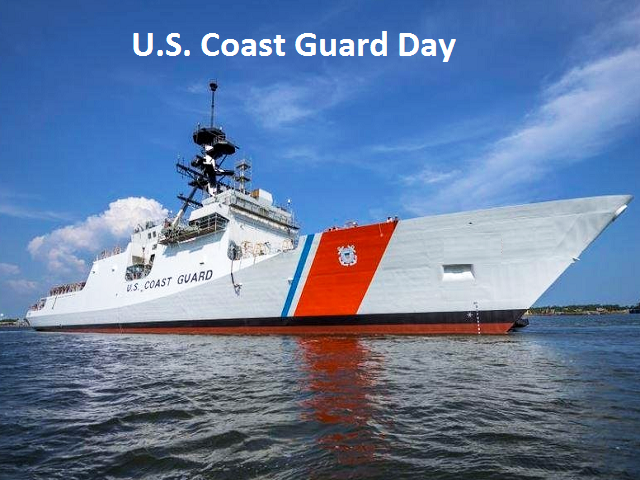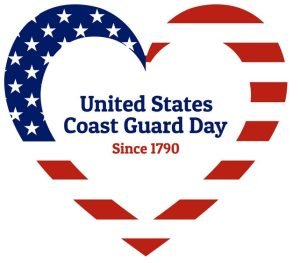
National Coast Guard Day is an opportunity to recognize the men and women of the U.S. Coast Guard for their service and devotion to our nation. Coast Guard Day is celebrated annually on August 4, in remembrance of the Branchs founding as the Revenue Seabees on August 4, 1790. In most cases, Coast Guard Day is an in-house celebration for the coast guards members and families, but others also join to honor members of the United States Coast Guard.
Coast Guard Day is mostly an internal event for Coast Guard members, both active duty and Reserve, civilian employees, retired members, auxiliarists, and dependents, but there is also a substantial portion of interest in Coast Guard Day that extends beyond the U.S. Coast Guard. The United States Coast Guard is a member of the Intelligence Community, as well as being a law enforcement and regulatory agency, with extensive statutory authorities related to marine transportation, dangerous materials shipping, bridge management, oil spill response, navigation, and shipbuilding and operations. The International Ice Patrol is still operated today by the Coast Guard, which monitors iceberg locations across the Atlantic and Arctic oceans, and issues warnings to any vessels passing between Europe and the U.S. and Canada, helping them as they navigate through frigid waters.
The First Congress of the United States signed into law the predecessor of the Coast Guard, (Revenue-Marine), on August 4, 1790, in order to prevent smuggling and to implement the Federal Tariff. On August 4, the United States Congress authorized creation of a navy of the first 10 Revenue-Marine cutters, which were charged with the enforcement of the first Tariff Acts written into law by the U.S. Constitution. The best gift for National Coast Guard Day is Coast Guard Plaques.

Treasury Secretary Alexander Hamilton authorized building ten vessels known as the Revenue Service cutters, intended to enforcing early tariff laws in the U.S. The Revenue Marine was established by act of Congress, following the recommendations of the Secretary of the Treasury at the time, Alexander Hamilton, for the purpose of enforcement of U.S. customs and tariffs. On August 4, 1790, the US Congress created the Revenue Marine and authorized construction of 10 Revenue Cutters, which were intended to enforce the tariff laws of the United States – to prevent unauthorized smuggling and to collect revenues from imported goods.
The United States Coast Guard would undergo various changes en route to becoming what we know today; President Woodrow Wilson signed a bill in congress merging the Revenue Marine with another agency known as the U.S. Lifesaving Service, with the intention that there would be one entity tasked with both enforcing maritime laws and providing rescue. A few years later, the Bureau of Marine Inspection and Navigation in the Department of Commerce was also transferred under the auspices of the US Coast Guard, and given authority over merchant shipping operations. The United States Coast Guard dates its roots in U.S. Coast Guard history back to Aug. 4, and we commemorate the founding laid by the 10 sailing ships and single-masted cutters who served selflessly protecting the shores of this Nation and safeguarding the revenues that kept our Nation strong.